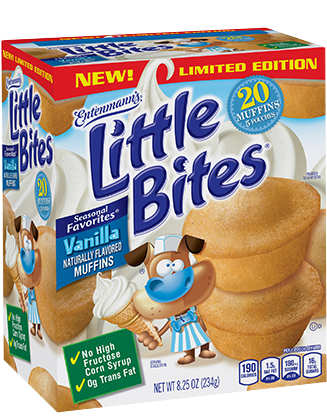Advancements in technology and science have been benefitting and adding value to humankind throughout history and because of this, more and more people are now turning to nature’s gifts in many areas such as pain relief, recreation, and even therapy. For instance, the turning of shatter into vape oil and using the resulting product for its health-boosting effects has gradually taken over and at the same time has reduced the consumption of tobacco and other herbs on a global scale. It is now fully known to us the negative effect tobacco and herbs smoking have got on our health. Electronic vaporizer has come to assist us in avoiding the chance of illuminating smoke. To my best knowledge, an electronic vaporizer is a device that contains less chemical compounds and does not have secondhand smoke – this is directly opposite in meaning in relation to cigarettes. A lot of cigarette addicts have now left it for electronic vaporizers because the latter has a sweet smell, handy and relatively does not cost a huge amount of money compared to cigarettes.
What is Vape Oil?
It can be called E-liquid and a man-made juice. It works by triggering the Electronic vaporizer to give out vapor. The components found in this content are:
-
Propylene Glycol (PG)
-
Vegetable Glycerin (VG)
-
Distilled water
-
Flavor
-
Nicotine
-
Propylene Glycol (PG)
Without this compound the vape smoke won’t appear. This explains how essential this component is in achieving good results in turning Shatter into Vape Oil. This Propylene Glycol is essentially without color and odor.
-
Vegetable Glycerin (VG)
Literally from its name, one would definitely guess right that it is made from vegetable oil. It is a base compound for vape oil. Propylene Glycol is not as thick as the Vegetable Glycerin. VG is way thicker than PG and as a matter of fact it makes sure the electronic vaporizer got a smoother inhale. The noticeable aerosol seen during the process of vaping is only brought out by the Vegetable Glycerin.
-
Distilled Water
The reason why water is added is to smooth the hardness of the vaporizer.
-
Flavors
Flavors are also known as sweeteners in the electronic vaporizer. Also, it is mostly in the form of sucralose and ethyl maltol.
What is Shatter?
An herbal concentration like Shatter is basically made though butane. In appearance, it has a radiant glass-like texture and consistency. Shatter becomes resistant to any change for a lengthy period of time when it is stable, even at 25°C – but sugaring occurs when shatter becomes unbalanced. There are different kinds of shatter. Old trim material is used in making a few dark-colored forms of shatter: because the terpenes in it had enough time to get away before the processing of the material occurred, the whole stuff takes in enough chlorophyll and other plant material. There’s actually a clear difference in quality and THC-A content due to the temperature at which the extraction of the cannabis material occurred. Above all, the interesting thing about the whole stuff is that you can definitely turn Shatter into Vape Oil at any physical state it appears.
The Use of Mass Terpenes in Turning Shatter to Vape Oil
In this part of the article we will teach you how to effectively use your shatter and turn it to a material for consumption through the adequate use of terpenes from Mass Terpenes. This class part covers:
-
The Amount of Shatter Used
-
The Terpenes Used
-
The Turning Process
The Amount of Shatter Used
The shatter amount used here is just 1 gram. The dark amber (shatter) was tested at THC-A: 81.15%, THC: 5.06%, CBG: 0.36% and at CBG-A: 0.94%.
The Terpenes Used
The Terpenes Used
Blueberry Pomegranate melted from Mass Terpenes (u/Mass Terpenes) is the Terpenes used here, but you can add the terpene profiles of your choice in order to get the taste you desire. Whatever you choose, just a very small amount of terpenes is enough to mix well with 1 gram of shatter – a melted 0.15 millimeter of Blueberry Pomegranate with 1 gram of shatter will do the magic.
The Turning Process
A lot of unbalanced opinions have been surrounding shatter lately, the disparities has been whether to decarb shatter or not. My interaction with lots of reliable sources has it that it is very good to decarb it. They continued by saying decarbing it makes it not to be too viscous. The following process below explains one of the very good ways of turning Shatter into Vape Oil:
-
Make sure you have already heated the oven to about 200°F earlier before
-
You can put the shatter in a mixing jar that is not big
-
For 45 minutes or when you see no more bubbles, decarb the shatter at 200°F
-
Take away the shatter placed on the jar out of the oven and mix it with 0.15 millimeter of terpenes
-
The next thing is to stir. Make sure you stir properly and immediately put the stuff in a chart
-
Lastly, let the chart cool off and vape oil is ready!



